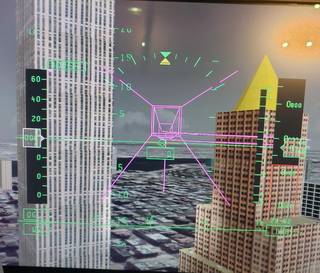“…City skies in the not-so-distant future will start to come alive as air taxis and drones zip around delivering people and goods faster than ever. Many of these new aircraft in the future sky will have the ability to take off from landing pads on tall buildings and land on another, much like a helicopter, but with the added ability to transition to forward flight like that of an airplane—all while being powered electrically.
These novel electric vertical take-off and landing (eVTOL) aircraft being developed by the aerospace industry are likely to have new features and capabilities enabled by this electric propulsion that have not been previously certified by the Federal Aviation Administration (FAA). Furthermore, these features are likely to be managed through electronic flight controls, known as fly-by-wire, which in many cases have new integrated protections and control functions designed to provide safe and predictable control responses for the pilot throughout the flight of these unique aircraft.
NASA’s Langley Research Center in Hampton, Virginia, and the Adaptive Aerospace Group (AAG) recently completed a round of evaluations and demonstrations for the FAA and the United States Air Force (USAF) using advanced simulators for the Fly-By-Wire Mission Task Element Development and Certification (FlyTEC) study.
“The goal of the effort is to develop candidate flight-test tasks, known as mission task elements (MTE).” said Kenneth Goodrich, deputy project manager for technology for the Advanced Air Mobility (AAM) project. “These MTEs can be used in flight tests and piloted-simulations to assess whether an aircraft’s response to the pilot’s primary control inputs safely meet the intent of the FAA’s certification requirements.”
The MTEs developed were evaluated using an eVTOL simulation model AAG developed that is representative of NASA’s Revolutionary Vertical Lift (RVLT) project’s Lift + Cruise configuration. The flight control concept was developed to make the vertical takeoff and landing part of a VTOL aircraft easier to manage than a conventional helicopter…”

NASA Langley and the AAM Project contributed the entry into the Flight Simulation Facilities (FSF) which provide real-time, high-fidelity, full-mission, human-in-the-loop capabilities to replicate the control systems of air and space vehicles as accurately as possible.
